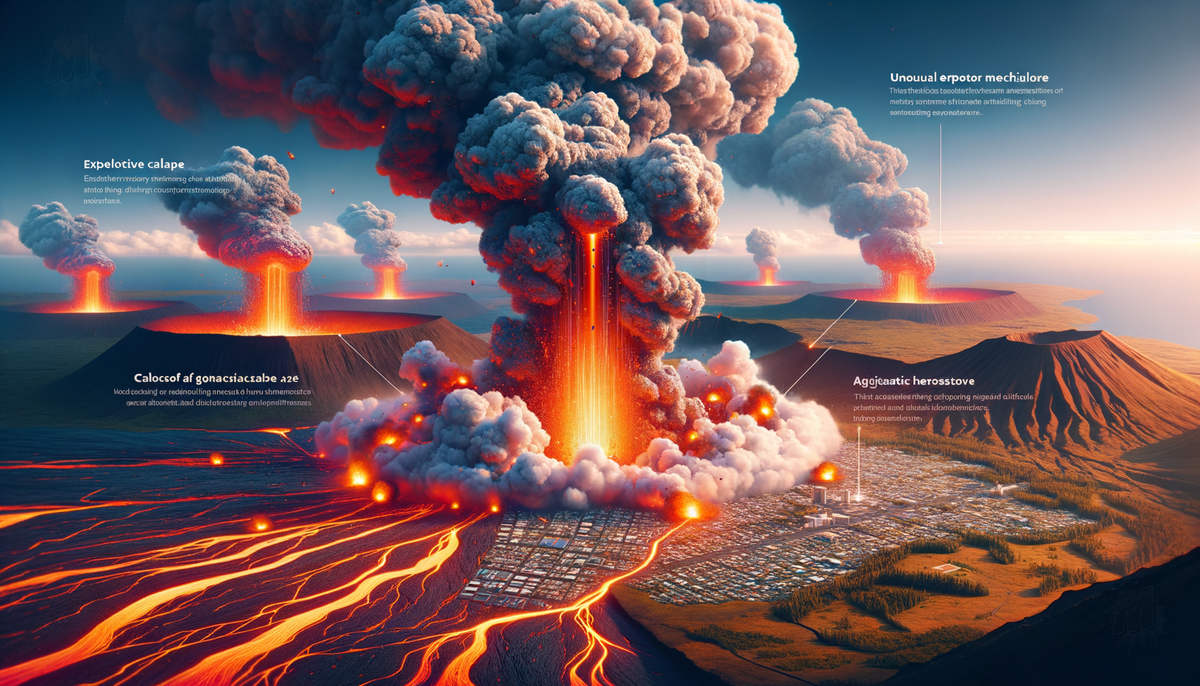Kīlauea's 2018 Eruption Triggered by Stomp-Rocket Effect

New research by the University of Oregon, the United States Geological Survey, and China's Sichuan University has uncovered an unusual eruption mechanism behind Kīlauea volcano's 2018 explosions. The study, published in Nature Geoscience, found that the eruptions were driven by sudden pressure increases caused by ground collapses, similar to the mechanics of a stomp-rocket toy. This led to the explosive release of rock fragments and hot gas, with at least 12 such explosions occurring that year.
The researchers believe that this eruption mechanism significantly contributed to the severity of the lava flows, which destroyed over 600 properties. By utilizing geophysical and atmospheric data, the team determined that the collapse of the magma reservoir increased the pressure of the trapped gas, leading to the explosive events. The findings provide insights into how atmospheric plumes of hot gas and rock particles are formed, which can pose aviation hazards and cause falling ash. This study could aid volcanologists in predicting future eruptions and issuing accurate warnings, and it suggests that similar mechanisms may occur in other volcanic eruptions globally.




